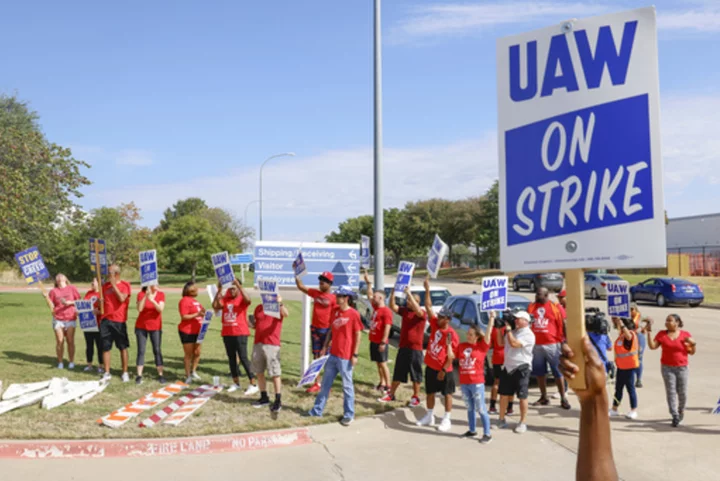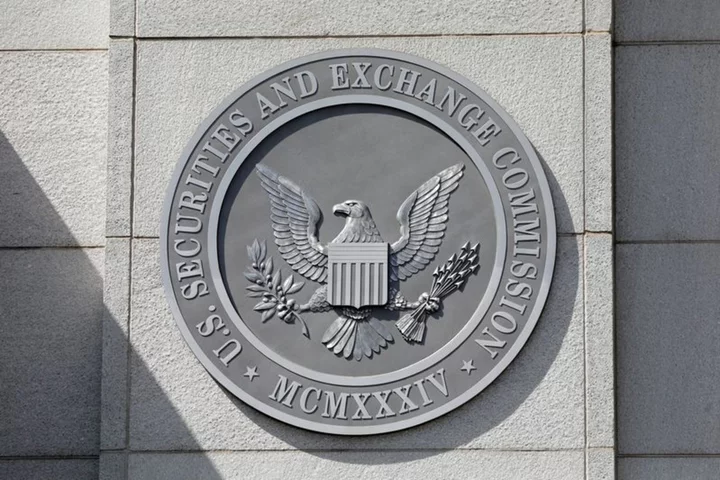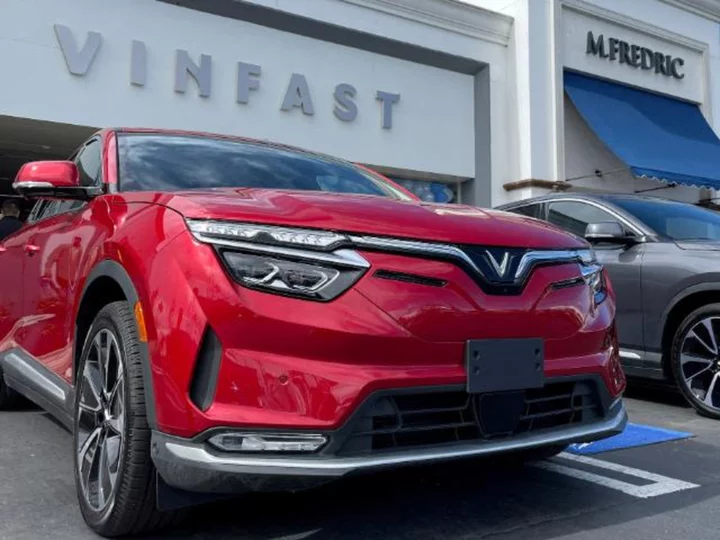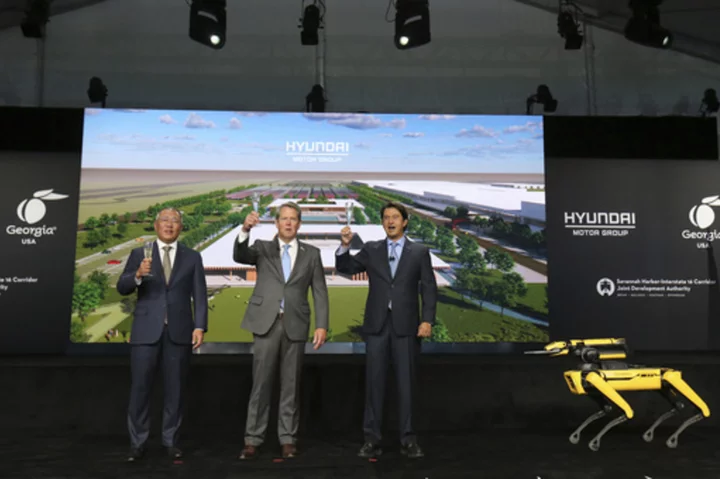Even after escalating its strike against Detroit automakers on Friday, the United Auto Workers union still has plenty of leverage in its effort to force the companies to agree to significant increases in pay and benefits.
Only about 12% of the union’s membership is so far taking part in the walkout. The UAW could, if it chose to, vastly expand the number of strikers who could hit assembly plants and parts facilities of General Motors, Ford and Stellantis, the owner of the Jeep and Ram brands.
Yet the UAW's emerging strategy also carries potentially significant risks for the union. By expanding its strike on Friday from three large auto assembly plants to all 38 parts distribution centers of GM and Ford, the UAW risks angering people who might be unable to have their vehicles repaired at service centers that lack parts.
The union's thinking appears to be that by striking both vehicle production and parts facilities, it will force the automakers to negotiate a relatively quick end to the strike, now in its second week. To do so, though, some analysts say the union might have to act even more aggressively.
“We believe the next step for UAW is the more nuclear option — going for a much more widespread strike on the core plants in and around Detroit,” said Daniel Ives, an analyst with Wedbush Securities. “That was would be a torpedo.”
All three companies said that talks with the union continued on Saturday, though officials said they expected no major announcements.
The union began its walkout two weeks ago by striking three assembly plants — one each at GM, Ford and Stellantis. In expanding the strike on Friday, the UAW struck only the parts-distribution centers of GM and Stellantis. Ford was spared from the latest walkouts because of progress that company has made in negotiations with the union, said UAW President Shawn Fain.
Striking the parts centers is designed to turn up pressure on the companies by hurting dealers who service vehicles made by GM and Stellantis, the successor to Fiat Chrysler. Service shops are a profit center for dealers, so the strategy could prove effective. Millions of motorists depend on those shops to maintain and repair their cars and trucks.
“It severely hits the dealerships, and it hurts the customers who purchased those very expensive vehicles in good faith,” said Art Wheaton, a labor expert at Cornell University. “You just told all your customers, ‘Hey we can’t fix those $50,000 to $70,000 cars we just sold you because we can’t get you the parts.’ ”
The union has declined to discuss its strike strategy publicly. Fain has said repeatedly that a critical part of its plan is to keep the companies guessing about the UAW's next move. Indeed, the union has shown unusual discipline in sticking to its talking points.
On a picket line Friday, Fain was asked whether striking against the spare-parts centers would hurt — and potentially alienate — consumers.
“What has hurt the consumers in the long run is the fact the companies have raised prices on vehicles 35% in the last four years,” he shot back. “It's not because of our wages. Our wages went up 6%, the CEO pay went up 40%. "
Selling parts and performing service is highly profitable for car dealers. AutoNation reported a gross profit margin of 46% from service shops at its dealerships last year.
To make up for the loss of striking workers, the companies are weighing their options, including staffing the parts warehouses with salaried workers.
“We have contingency plans for various scenarios and are prepared to do what is best for our business and customers,” said David Barnas, a GM spokesman. “We are evaluating if and when to enact those plans.”
Similarly, Jodi Tinson, a Stellantis spokeswoman, said, “We have a contingency plan in place to ensure we are fulfilling our commitments to our dealers and our customers.” She declined to provide additional details.
In negotiating with the companies, the union is pointing to the carmakers’ huge recent profits and high CEO pay as it seeks wage increases of about 36% over four years. The companies have offered a little over half that amount.
The companies have said they cannot afford to meet the union’s demands because they need to invest profits in a costly transition from gas-powered cars to electric vehicles. They have dismissed out of hand some of the demands, including 40 hours’ pay for a 32-hour work week.
___
Associated Press writer Alexandra Olson in New York contributed to this report.









